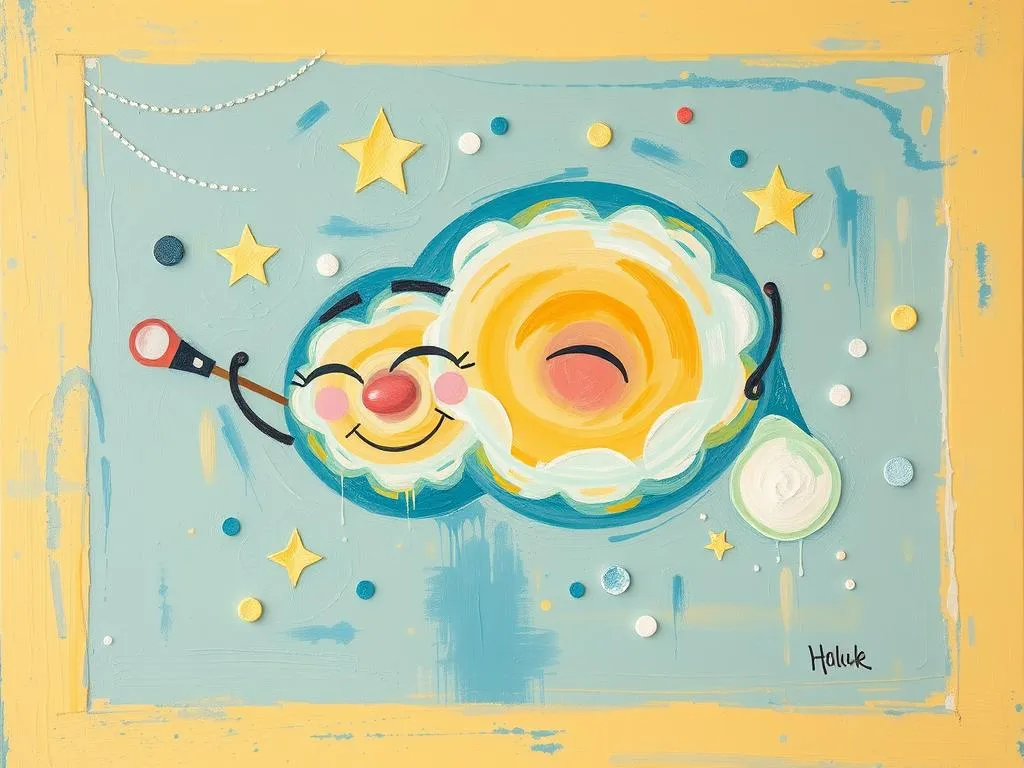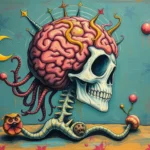
Introduction
Dreams have fascinated humanity for centuries, often serving as a window into our innermost thoughts, fears, and desires. The interpretation of dreams can provide valuable insights into our waking lives, revealing patterns and emotions that we may not consciously recognize. Among the myriad of dream themes, the symbolism found within dreams captivates many, inviting individuals to explore their personal narratives and uncover hidden meanings. Understanding the symbolism in dreams not only enhances self-awareness but also helps us navigate our daily lives with greater wisdom and insight.
Symbolism and Meaning
Dreams are rich tapestries of symbolic imagery, and each symbol can convey a multitude of meanings depending on the context of the dream and the dreamer’s personal experiences. One of the most prevalent symbols in dreams is water, which often represents the unconscious mind and emotions. For instance, calm waters may signify tranquility and peace, while turbulent waters can indicate turmoil or emotional distress.
Another common symbol is flying, which is frequently associated with a sense of freedom and liberation. When one dreams of soaring through the sky, it may reflect feelings of empowerment or the desire to escape from life’s constraints. However, if the flying is accompanied by a sense of fear or inability to control the flight, it may represent anxiety about losing control in waking life.
Houses in dreams are also significant symbols, often reflecting the self or aspects of the dreamer’s identity. The condition of the house can indicate the state of the dreamer’s mind; a well-kept house may signify a stable mental state, while a dilapidated structure could point to feelings of neglect or disarray in one’s life.
Animals often carry deep meanings as well; for example, dreaming of a snake can evoke feelings of fear or transformation, while the presence of a lion may symbolize courage and strength. It’s essential to consider the personal associations that the dreamer has with these symbols, as individual experiences and cultural backgrounds can greatly influence their interpretations.
Key Scenarios and Variations
The context of a dream can significantly alter its interpretation. For example, dreaming about being chased is a common motif that many experience. This scenario often suggests that the dreamer is avoiding a problem or confronting unresolved issues in their waking life. However, the identity of the pursuer can provide further insight into what the dreamer is trying to escape. If the pursuer is a known individual, it may symbolize conflict or tension with that person. On the other hand, if the chaser is a faceless entity, it could represent an abstract fear or anxiety that needs addressing.
Another scenario is the dream of losing teeth, which can evoke feelings of vulnerability and insecurity. The loss of teeth often signifies fears related to aging or a lack of control over one’s life. Yet, the emotional response to this dream scenario can vary. For instance, if the dreamer feels a sense of relief after losing their teeth, it may indicate a desire to let go of burdens or insecurities.
Dreaming of being naked in public is another scenario that can have varying interpretations. For some, it may reflect feelings of exposure or vulnerability, while for others, it could symbolize a desire for authenticity and honesty. The surrounding environment and the dreamer’s emotional response also play critical roles in shaping the dream’s meaning.
In addition to these common scenarios, nightmares present a unique opportunity for reflection. Nightmares may stem from unresolved trauma or stress and often serve as a call to address these underlying issues. Understanding the symbols within nightmares can be a crucial step in healing and personal growth.
Real-Life Connections and Takeaways
Interpreting dreams can be a profoundly personal journey, and connecting these dreams to real-life situations can foster self-reflection and growth. One effective approach is to maintain a dream journal, where you can document your dreams upon waking. This practice not only aids in recalling details but also allows you to identify recurring themes and symbols over time.
When reflecting on your dreams, consider the emotions you felt during the experience. Were you scared, relieved, joyful, or anxious? These feelings can provide clues about what aspects of your waking life may need attention. For instance, if you frequently dream of being chased and awaken feeling anxious, it may be time to confront whatever is causing you stress or avoidance in your daily life.
Additionally, think about the people involved in your dreams. Are they significant figures in your life, or do they represent characteristics you associate with certain individuals? Understanding the roles these people play in your dreams can help clarify your relationships and emotional responses in waking life.
If you dream of water and feel a sense of calm, it might be a prompt to explore your emotional well-being. Are you allowing yourself to express your feelings, or are you suppressing them? Conversely, if you dream of turbulent water, it might indicate a need to confront emotional turmoil and seek resolution.
Engaging in mindfulness practices can also help you connect your dreams to your waking reality. Meditation and deep-breathing exercises can create a space for personal reflection, allowing you to delve deeper into the meanings behind your dreams. By fostering a connection between your subconscious thoughts and conscious actions, you can uncover insights that guide your decision-making and emotional health.
Ultimately, dreams serve as a reminder of our inner landscape, urging us to explore the complexities of our thoughts and feelings. By paying attention to the symbols and scenarios present in our dreams, we can cultivate a greater understanding of ourselves and the world around us. Embrace the journey of dream exploration as an opportunity for personal growth and transformation.
In conclusion, the realm of dream symbolism is vast and filled with potential insights waiting to be uncovered. Whether you experience dreams that evoke fear, joy, or confusion, each dream holds the promise of deeper understanding. By reflecting on the symbols, scenarios, and emotions present in your dreams, you can connect the dots to your waking life, enhancing your self-awareness and guiding your path forward. Remember, the journey of dream interpretation is not just about the symbols themselves but the personal narratives they weave into the tapestry of your life. So, keep a curious heart and an open mind as you explore the fascinating world of your dreams.







